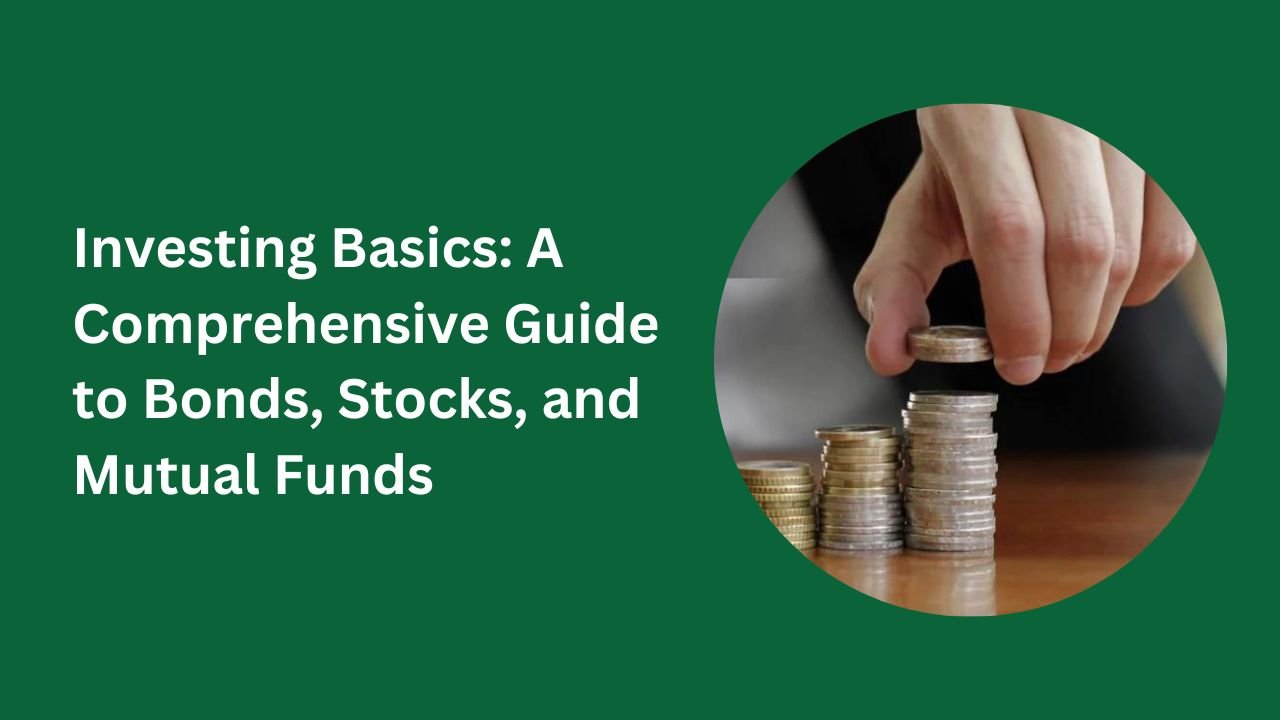
Investing all your money in a single asset or asset class can be risky. The value of investments can fluctuate, and if you have all your eggs in one basket, you expose yourself to significant losses if that particular investment performs poorly. This is where diversification comes in. Diversifying your portfolio means spreading your investments across different assets and asset classes to reduce risk and potentially increase returns.
Understanding Diversification
Diversification is a risk management strategy that aims to minimize the impact of individual investment volatility on the overall performance of a portfolio.
By investing in a variety of assets, such as stocks, bonds, real estate, and commodities, you create a buffer against market fluctuations. Diversification allows you to capture the potential growth of different sectors while mitigating the risk of any single investment dragging down your entire portfolio.
Benefits of Diversification
Diversification offers several benefits for investors. Firstly, it helps to reduce the overall risk of your portfolio. By spreading your investments, you can offset losses in one area with gains in another, cushioning the impact of market downturns.
Secondly, diversification provides the opportunity for improved returns. Different asset classes perform differently over time, and by holding a mix of investments, you increase the likelihood of capturing growth in one or more areas.
Finally, diversification provides peace of mind. Knowing that your portfolio is not overly dependent on a single investment can help you sleep better at night, even during turbulent market conditions.
Read Also: Risk vs. Reward: Understanding the Fundamentals of Investing for Financial Growth
Factors to Consider for a Balanced Investment Portfolio
Building a balanced investment portfolio requires careful consideration of various factors. First and foremost, you need to determine your financial goals and investment horizon. Are you investing for retirement, a down payment on a house, or funding your child’s education? Each goal may have a different time frame and risk tolerance associated with it.
Additionally, you should assess your risk tolerance objectively. Some investors can stomach higher levels of risk, while others prefer a more conservative approach. Understanding your risk appetite will guide your asset allocation decisions.
Asset Allocation Strategies
Asset allocation refers to the distribution of your investments among different asset classes, such as stocks, bonds, and cash. There are various asset allocation strategies to consider, including aggressive, moderate, and conservative approaches.
Aggressive portfolios have a higher proportion of equities, which can offer higher returns but also come with increased volatility. Moderate portfolios strike a balance between equities and fixed-income investments, while conservative portfolios focus more on stability and income generation through fixed-income assets.
Read Also: Investing Basics: Exploring the Potential of Index Funds for Long-Term Investors
Diversifying Across Different Asset Classes

Diversification is not limited to spreading your investments across different asset classes alone. It is also important to diversify within each asset class. For example, within stocks, you can diversify by investing in companies of different sizes, sectors, and geographical locations.
Similarly, within bonds, you can diversify by investing in government bonds, corporate bonds, and municipal bonds. By diversifying within asset classes, you further reduce the risk of being heavily exposed to the performance of a single stock or bond.
Diversification within Asset Classes
When diversifying within asset classes, consider factors such as market capitalization, industry diversification, and geographic diversification. For example, if you invest in stocks, allocate a portion to large-cap stocks, another portion to mid-cap stocks, and yet another portion to small-cap stocks.
Furthermore, diversify your holdings across different industries to avoid concentration risk. Additionally, consider investing in international stocks or funds to gain exposure to global markets and reduce dependence on a single country’s economy.
Rebalancing Your Portfolio
Over time, the performance of different assets in your portfolio may cause your allocation to deviate from your target. To maintain the desired balance, it is important to periodically rebalance your portfolio.
Rebalancing involves selling assets that have performed well and buying more of those that have underperformed, bringing your portfolio back in line with your target allocation. Regular rebalancing ensures that you stay on track with your investment strategy and avoid excessive exposure to any single asset or asset class.
Read Also: Time Period Investments: Exploring Strategies for Short-term and Long-term Gains
Risk Management and Diversification

Diversification plays a crucial role in managing risk. By spreading your investments across different assets, you can reduce the impact of any individual investment’s poor performance on your overall portfolio.
However, it’s important to note that diversification does not eliminate the possibility of losses or guarantee profits. It is still essential to conduct thorough research, analyze investment options, and consider your risk tolerance and investment goals.
Read Also: Real Estate Investing Basics: Essential Tips for Getting Started
Building a Diversified Portfolio Step by Step
Here is a step-by-step guide to building a diversified portfolio:
- Determine your financial goals and investment horizon.
- Assess your risk tolerance.
- Decide on an appropriate asset allocation strategy based on your goals and risk tolerance.
- Select specific investments within each asset class, considering factors such as market capitalization, industry diversification, and geographic diversification.
- Monitor your portfolio’s performance and periodically rebalance to maintain your desired asset allocation.
- Stay informed about market trends and changes that may impact your investments.
- Seek advice from a financial advisor if needed.
Common Mistakes to Avoid
While diversification is a powerful strategy, there are some common mistakes to avoid. One mistake is over-diversification, where you hold too many investments, making it challenging to track and manage your portfolio effectively. Another mistake is failing to periodically review and rebalance your portfolio.
Neglecting rebalancing can lead to a portfolio that drifts significantly from your target allocation. Lastly, avoid investing in assets you don’t understand. It’s important to have a basic understanding of the investments in your portfolio to make informed decisions.
- Read Also: Demystifying Compound Investing: How it Works and Why it Matters
- Read Also: Maximizing Profits: Is Investing in Mutual Funds a Profitable Choice?
- Read Also: Beginner-Friendly Investments: Unveiling the Best Options for New Investors
- Read Also: Investing as a Business: Turning Your Passion into Profit
- Read Also: Where to Start Investing as a Beginner: Essential Basics and Strategies
Conclusion
Diversification is a vital tool for building a balanced investment portfolio. By spreading your investments across different assets and asset classes, you can reduce risk, improve potential returns, and achieve peace of mind. Remember to align your investment strategy with your financial goals, assess your risk tolerance, and periodically rebalance your portfolio. With careful planning and a diversified approach, you can embark on your investment journey with confidence.

